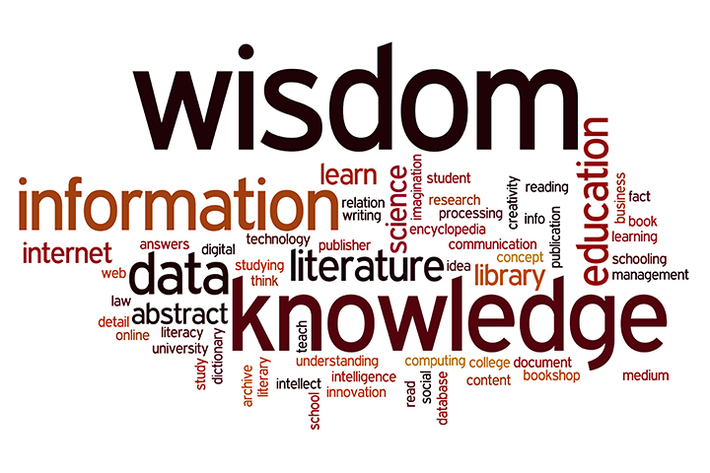
What literacy was for the past century is what data literacy is for the twenty-first century. Most employers now prefer people with demonstrated data abilities over those with higher education, even data science degrees. According to the report, only 21% of businesses in the United States consider a degree when hiring for any position, compared to 64% who look for applicants who can demonstrate their data skills. When data is viewed as a companys backbone, its critical that corporations assist their staff in properly utilizing data.
What is Data Literacy?
The capacity to understand, work with, analyze, and communicate with data is known as data literacy. Its a talent that requires workers at all levels to ask the right questions of data and machines, creates knowledge, make decisions, and communicate meaning to others. It isnt only about comprehending data. To be educated, you must also have the confidence to challenge evidence that isnt performing as it should. Literacy aids the analysis process by allowing for the human element of critique to be considered. Not only for data and analytics professions, but in all occupations, organizations are looking for data literacy. Companies that rigorously invest in data literacy programs will outdo those that dont.
Why is it Important?
There are various components to achieving data literacy. Tools and technology are important, but employees must also learn how to think about data to understand when it is valuable and when it is not. When employees interact with data, they should be able to view it, manipulate it, and share the results with their colleagues. Many people go to Excel because it is a familiar tool, but confining data to a desktop application is restrictive and leads to inconsistencies. Employees receive conflicting results even though they are looking at the same statistics because information becomes outdated. Its beneficial to have a single platform for viewing, analyzing, and sharing data. It provides a single source of truth, ensuring that everyone has access to the most up-to-date information. When data is kept and managed centrally, it is also much easier to implement security and governance regulations. Another vital aspect of data culture is having excellent analytical, statistical, and data visualization capabilities. Complex data may be made easy using data visualization, and simple humans can drill through data to find answers to queries.
Should Everyone be Data Literate?
A prevalent misconception regarding data literacy is that only data scientists should devote time to it; instead, these skills should be developed by all employees. According to a Gartner Annual Chief Data Officer (CDO) Survey, poor data literacy is one of the main roadblocks to the CDOs success and a companys ability to grow. To combat this, 80% of organizations will have specific initiatives to overcome their employees data deficiencies by 2020, Gartner predicts. Companies with teams that are literate in data and its methodologies can keep up with new trends and technologies, stay relevant, and leverage this skill as a competitive advantage, in addition to financial benefits.
How to Build Data Literacy
1. Determine your companys existing data literacy level.
Determine your organizations current data literacy. Is it possible for your managers to propose new projects based on data? How many individuals nowadays genuinely make decisions based on data?
2. Identify data speakers who are fluent in the language and data gaps.
Youll need translators who can bridge the gap and mediate between data analysts and business groups, in addition to data analysts who can speak naturally about data. Identify any communication barriers that are preventing data from being used to its full potential in the business.
3. Explain why data literacy is so important.
Those who grasp the why behind efforts are more willing to support the necessary data literacy training. Make sure to explain why data literacy is so important to your companys success.
4. Ensure data accessibility.
Its critical to have a system in place that allows everyone to access, manipulate, analyze, and exchange data. This stage may entail locating technology, such as a data visualization or management dashboard, that will make this process easier.
5. Begin small when developing a data literacy program.
Dont go overboard by conducting a data literacy program for everyone at the same time. Begin with one business unit at a time, using data to identify lost opportunities. What you learn from your pilot program can be used to improve the program in the future. Make your data literacy workshop enjoyable and engaging. Also, dont forget that data training doesnt have to be tedious!
6. Set a good example.
Leaders in your organization should make data insights a priority in their own work to demonstrate to the rest of the organization how important it is for your team to use data to make decisions and support everyday operations. Insist that any new product or service proposals be accompanied by relevant data and analytics to back up their claims. This reliance on data will eventually result in a data-first culture.
So, how is your organization approaching data literacy? Is it one of the strategic priorities? Is there a plan to get a Chief Data Officer? Feel free to share your thoughts in the comments section below.
